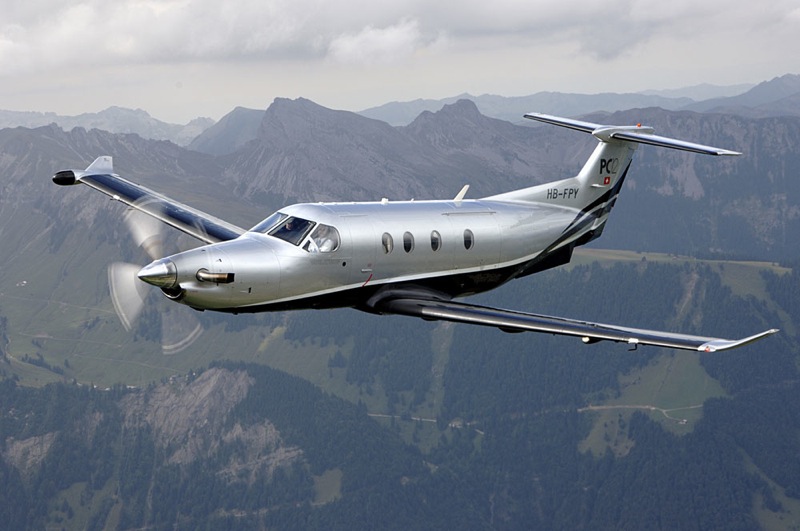Pilatus’ PC-12 is one of the most recognizable turboprops in the world, due in large part to its unique single-engine layout. Although a single-engine layout may make some operators a bit nervous, the PC-12’s Pratt & Whitney engine has long boasted a reputation for being one of the most reliable in the industry.
The very first model of the PC-12 to come to market, the PC-12/41, was certified in 1994, and came equipped with a Pratt & Whitney Canada PT6A-67B engine, the same engine found on all PC-12 models until the NG. It had a maximum takeoff weight of 9,039 lbs and a conventional round-dial cockpit.
The next PC-12 to come to market was the PC-12/45 in 1996, with the only difference being an increase in maximum takeoff weight to 9,921 lbs by modifying the landing gear. At this point, the vast majority of PC-12/41s, if not all of them, have been upgraded to PC-12/45s.
[ulp id=’xkA7bnsbSMSAnwAm’]
In 2005, Pilatus made the jump to the PC-12/47 model. Once again, the aircraft’s max takeoff weight was increased, this time from 9,921 lbs to 10,450. The increase in weight allowed operators to make long-distance flights with a full cabin, although the price increase from the /45 to the /47 doesn’t really make sense financially for those planning only to fly the plane regionally.
In 2008, Pilatus’ PC-12/47E model, more often referred to as the PC-12 NG (Next Generation), was certified. The NG was equipped with upgraded avionics, switching from the conventional Bendix/King cockpit found on earlier models to a glass Honeywell Apex avionics suite. The PC-12 NG also comes equipped with Pratt & Whitney Canada’s PT6A-67P engine, slightly increasing its normal cruise speed from just over 260 knots to almost 270 knots. The heavier avionics system on the NG did reduce its useful payload by a couple hundred lbs, though.
Do you have experience with any variants of the PC-12? Any other differences you’ve noticed? Let us know in the comments!
For more information on the PC-12 and other turboprops, check out our Turboprop Buyers’ Guide.

